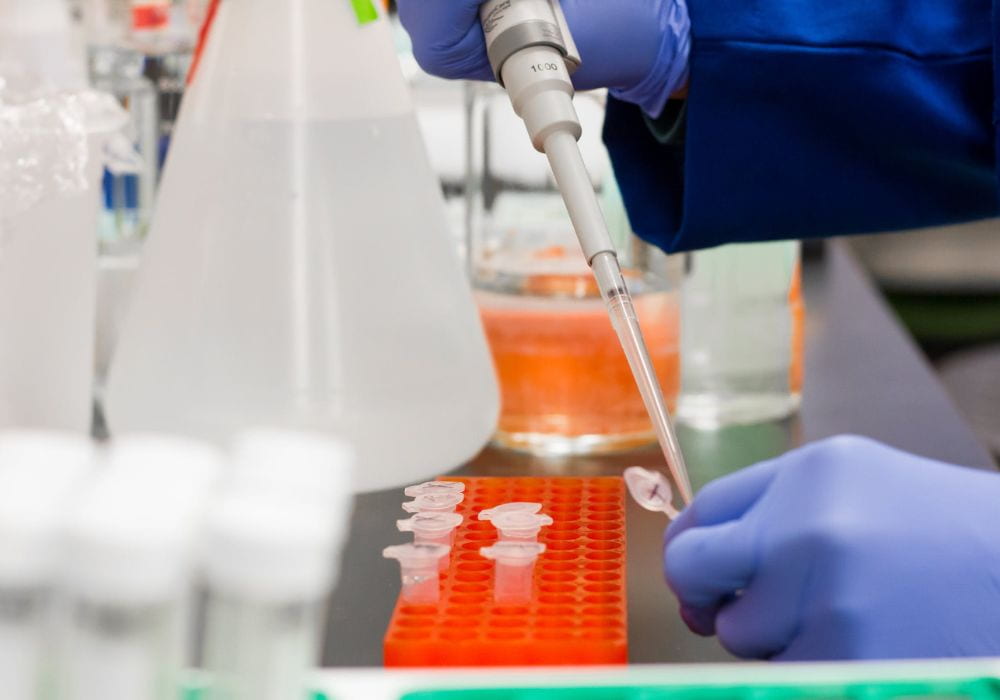
The first cases of Monkeypox were identified in early May 2022, leaving European health officials in the midst of an additional health crisis. Health officials were unaware of the impacts of the virus at the time, particularly its mode of transmission. Genetic analysis suggests that although the virus was first detected in 2022, it has been circulating in our environment for many years.
Health officials have identified two variants of the virus in American patients. This suggests that there are two distinct chains of transmission. Many researchers have identified cases of Monkeypox without any detectable transmission, referring to it as “undetected community spread” transmission. Genetic information indicates that the virus has become increasingly efficient in terms of human-to-human transmission in recent years.
“We can also transmit this back to animals that can spread the disease within wildlife and back to humans,” Sagan Friant, an anthropologist at Penn State stated for the New York Times. Dr. Friant has been studying human-animal interactions in Nigeria for approximately 15 years. “The longer it takes to contain the virus, the higher the odds that it will find a permanent new home in people or animals,” Dr. Friant said.
Multiple countries across the globe have reported cases of monkeypox as the total number of cases continues to rise. Monkeypox is caused by a large double-stranded DNA virus, which is approximately seven times larger than the structure of the Coronavirus. DNA viruses can mutate about once or twice per year and can easily replicate themselves.
What sets Monkeypox apart from other DNA viruses are its mutations. Other DNA viruses can only mutate up to twice a year, while Monkeypox has undergone up to 50 mutations in the past year. This of great concern to health officials as they continue to search for the most effective method to reduce the spread of the virus.
By Justin Goldberg
